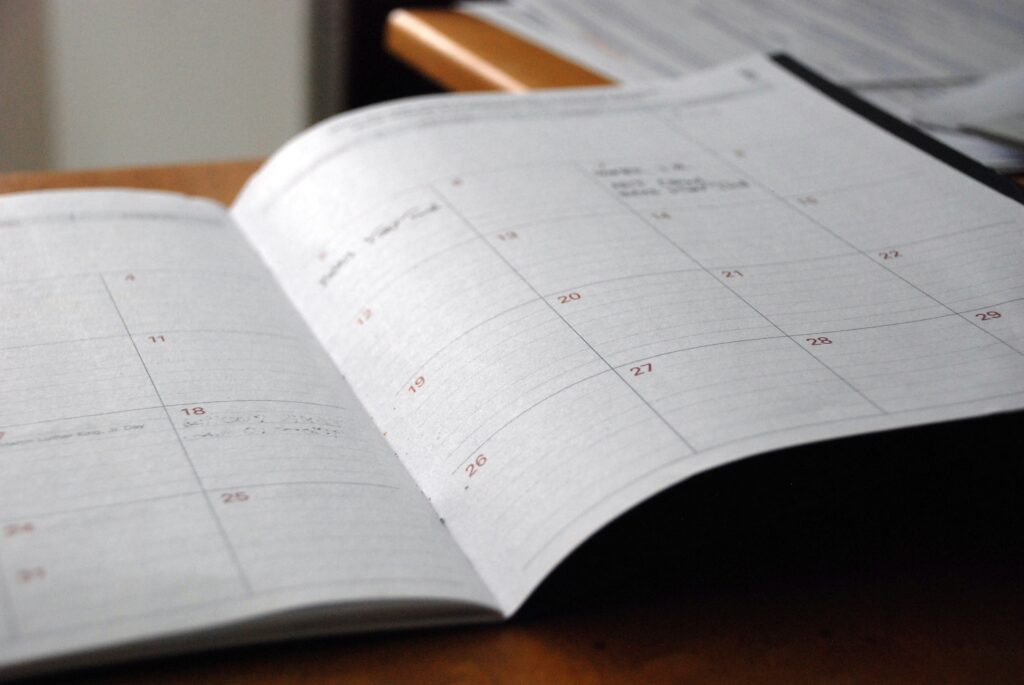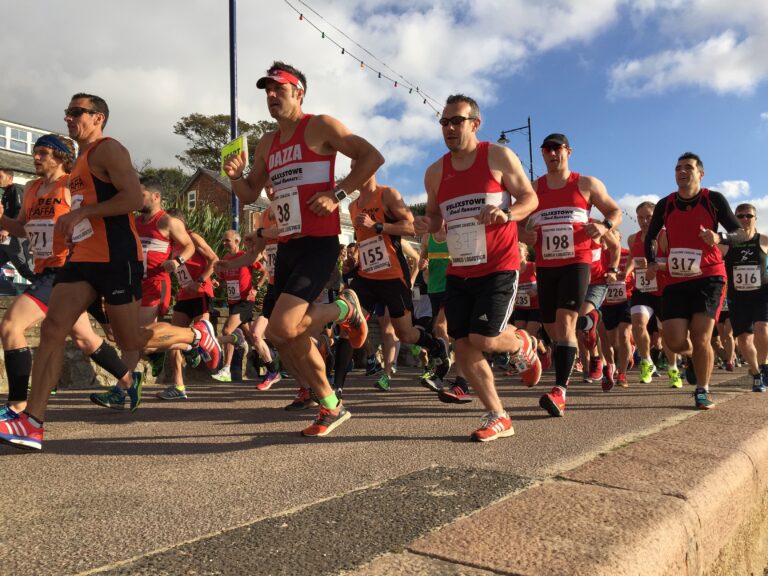Running and project management skills have much in common. Not just because I have done both for over 20 years but because the goal setting, repeated execution and lessons learned are closer aligned than you might think.
In this article, we will explore these links. Not to turn you into a runner but to allow you to explore the project management crossover in your hobbies and pastimes. Seeing project management practices in everyday life will enable you to explore them from a different perspective, better understand their intricacies, and skillfully execute them in project management situations.
TACTIC 1: Set your running kit out
I like to run in the morning. Usually, as soon as I wake up, I get ready to run. I do not resist getting outside and running on a bright summer morning. However, it’s difficult on a dark winter morning when the temperature is only a few degrees, and the wind is blowing horizontal rain across the run route. In fact, it’s probably the hardest thing I will do most days.
To help me choose to get outside and run on these mornings, I put my running kit near my bed the evening before. I decide to run the day before when there is no resistance. With the decision already made, with my running kit laid out and ready to go, it’s much harder to back out in the morning.
How can this tactic apply to project management? The success of this approach is to take action when resistance is low, which makes it much harder to change the decision when resistance is higher. For example, send the invite if you are not looking forward to a meeting. If you are procrastinating on a task, commit to the team to get the job done that week.
TACTIC 2: Aim to get out of the front door
The previous tactic has got me into running clothes when the weather is foul, but there will still be some resistance to running. I know the run will leave me cold and wet. On the other hand, the run will be good for me; I will feel accomplished. But all of these feelings are after I’ve got cold and wet.

In these situations, I use another tactic to follow through and do the run. I tell myself to get out of the front door; that is all I have to do. When outside, if I still don’t want to run, I can come back into the house and scrap the training. Of course, when I’m outside, I never turn back into the house – I start my watch and begin to run.
Why does this tactic work? I’m focusing on a small initial action that is easy to do and can be reversed. The same approach can be used for tasks you are resisting; set a timer for 5 minutes, start the task, and tell yourself you can stop after 5 minutes. The chances are you will continue for longer. If the team needs help getting started on a significant, complex project activity, identify a small task that can quickly be done. Get the small task done and then re-evaluate the complex task; if it’s still too big to start, select another small activity that can be done.
TACTIC 3: Set a training plan
This is an obvious overlap with projects and running. A run training plan is similar to a simple project plan. Both map out the next few weeks or months so you can prepare for the upcoming tasks and gauge progress.
However, many projects, especially those using agile techniques, don’t have a plan. The project manager leaves the team to decide the sprint content based on the project goals and the product owner’s judgement. This makes it tricky for the project manager to provide confidence to the stakeholders about progress. A simple one-page timeline is invaluable to communicate the project’s progress to stakeholders. The same timeline is also helpful to use with the team to keep them aware of the need to progress towards the project goal.
TACTIC 4: Add training sessions to your calendar
When starting a running training schedule, I add all the sessions to my calendar with a date and time. At the beginning of each week, I review the sessions and adjust them based on my work and personal plans. Importantly, I never remove a training session from the calendar when entered. Once on the calendar, for me, they must be done.

The same method can be used for project meetings, 1-2-1 sessions with team members, project retro sessions, project status review meetings, etc. Get them on the calendar, and they are much more likely to happen.
TACTIC 5: Set goals in your control
One of the joys of running is competing in races. There is a buzz when running in a group of like-minded people trying to achieve their goals. But care is needed about what goals to set. Early in my running career, I set finish time goals only to be disappointed. I can’t control a finish time goal, the weather may be windy, making my targeted time unachievable, I might get held up at the start of a city marathon or any number of other reasons. Now, I set goals that I have more control over. For example, enjoying the race or meeting up with friends afterwards.
The same can be applied to projects. Don’t have a project goal of building a feature to increase sales by 25%. Many factors will be in play for the increase in sales, only some of which the project manager and team can control. A better goal will be to deliver the feature with feedback to show how the feature is performing so updates can be made if sales respond differently than expected.
TACTIC 6: Have the right kit
To run, you need running shoes. Don’t run in tennis shoes or boots. The same can be applied to running clothing. Runners need sweat-wicking tops, suitable gloves, and so on. Undoubtedly, the correct kit makes running more enjoyable and, in the case of shoes like the Nike Alphafly’s, can make you a faster runner.

The same is valid for project teams and project management tools. The right tools can improve performance. A frictionless messaging app will allow the team to communicate efficiently. A central store for project content will enable the team to share and use knowledge more easily.
TACTIC 7: Focus on day-to-day progress
Training for a race, especially a long-distance race like a marathon, can take months of discipline and repeated actions to reach the race goal. With the race months in the future, using the race as motivation does not work. It’s too far away. Instead, focus on the next session, the small incremental improvements to stamina, marathon pace, and recovery rate.
A similar mindset is needed for prolonged projects. Of course, you must maintain sight of delivering the project goals, but solely focusing on the completion goals will make it hard to motivate the team. If the project is genuinely agile with sprints, then the value is delivered every sprint, but, in reality, few projects deliver with this cadence. You will need small wins on the journey to the project goal. This can be done by phasing the project, celebrating the delivery of features or incrementally improving velocity.
TACTIC 8: Measure the right things
The running community is vibrant, with many active forums discussing all aspects of running. A common theme is the number of miles run. This can be miles run for a week, month or year. The higher the number of miles run, the implied better runner you are. I have been guilty of this. Indeed, I still am, as I’m a member of a Facebook group that logs the number of annual miles run, aiming to achieve 1,000 miles or more.

The focus on miles is silly. Of course, you must get some miles done to build stamina, but pace and recovery times are much more critical indicators of race performance.
For projects, find measures and indicators that, when tracked and improved, will benefit the project goal. Don’t track lines of code written or tests executed. These are meaningless stats. Instead, track features delivered, story points completed, and test defects found and reduced over time. These are far more consequential to the delivery of the project.
Wrap up
This post has focused on how the tactics used when running and training are easily transferred to project management. Using these methods well for running and projects can improve the performance of both.
It is not just running methods that can be applied to projects. If running is not your thing, look for parallels in your hobbies and interests and explore how they can be used in your projects.
I hope you have found this article helpful. If you have got to the end and are not a runner, well done for sticking with it and indulging my passion for running.
I’m Mark Ford. I’m a project manager and writer.
Unlock exclusive PM knowledge
Get in-depth tips, fresh perspectives, & my latest blog posts delivered straight to your inbox – subscribe & master your projects


